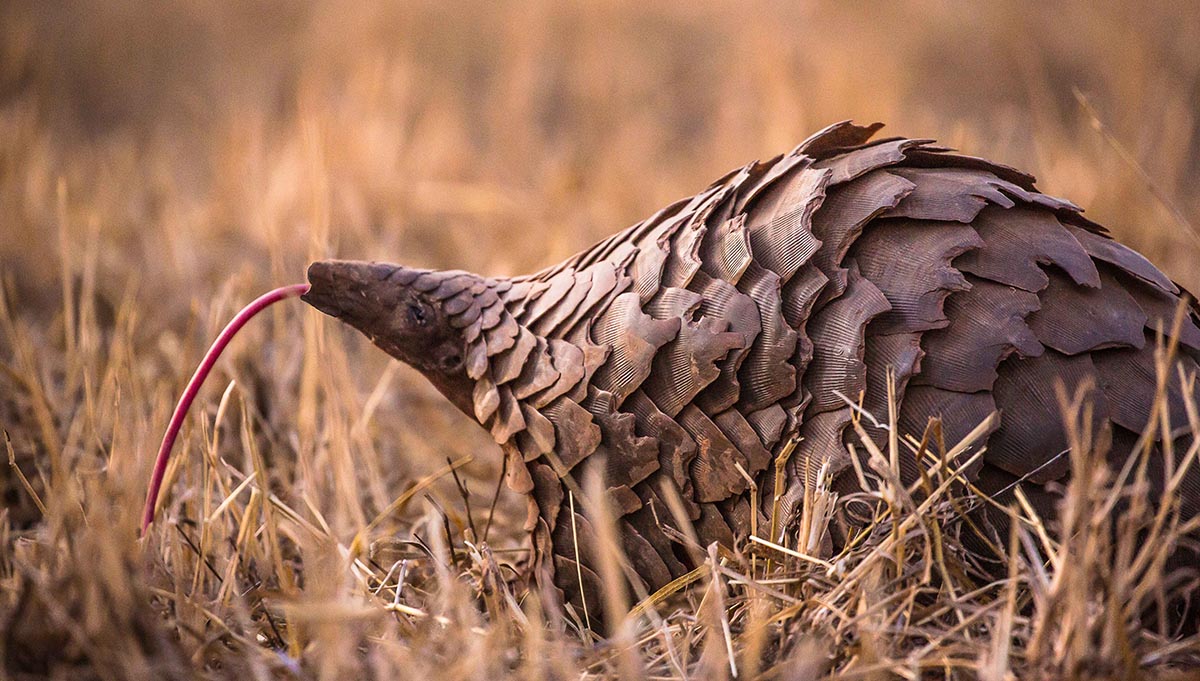
Earlier in September, Big Life rangers successfully apprehended and arrested three suspects in possession of a live pangolin. The fact that the pangolin was still alive was extremely lucky, as these animals are sensitive to changes in their environment.
But because of this sensitivity, it turns out that releasing pangolins back into the wild is a very tricky thing to do, and requires a careful and gradual reintroduction. Pangolins are the most trafficked animal in the world and all species are listed as threatened, so making sure they survive any poaching attempt is critical.
To help with this, Big Life has partnered with the Pangolin Project. In the short term, they’ll be providing advice on how to handle case-by-case pangolin rescues. In the longer term, they’ll provide practical training to Big Life’s rangers about this particular species, which requires very specialized handling.
Learning where pangolins are naturally occurring and adapting our ranger patrol routes accordingly to prevent capture is the first step. Training for rangers and vet teams on handling for eventual release by the Kenya Wildlife Service is the second.
Big Life Foundation and KWS rangers in Rombo and Kimana area will be the first rangers trained in pangolin monitoring and data collection, two areas where we already know pangolins are present, although very rare. The data collection will be used to determine camera trap locations and other protection efforts.
The Pangolin Project is a Kenya-wide effort, and has already started in the Mara and North Western province, where pangolins are definitely present and rangers and vets have already been trained. Pangolins have been recorded and even tagged in these areas, a huge step forward for a species so aloof, and equally, so lucrative.
The other piece of the puzzle is the black market, and Big Life’s informer network will be sharpening their eyes and ears to pangolin movements.
The pangolin Big Life helped rescue earlier this month is luckily still alive, and KWS rangers will release it close to where it was stolen following best practices when it is safe to do so. We can only hope for the best and do what we can to prevent these situations in the future.
In the meantime, we’re grateful for the support of our partners at the Pangolin Project and KWS, and to our supporters around the world for keeping our rangers in the field.
Photo: Shaun Mousley
